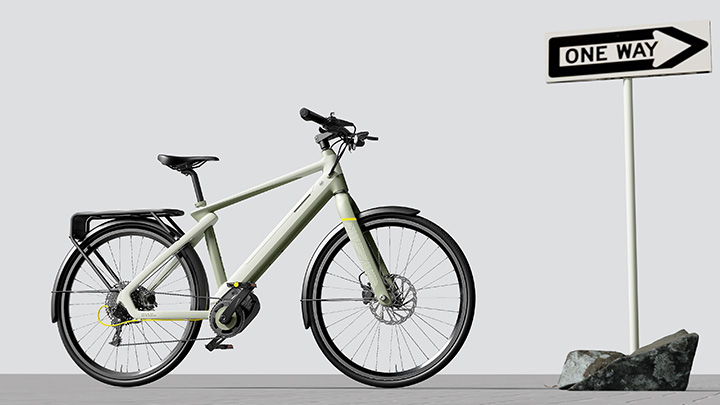Road Bike vs Mountain Bike: How to Choose the Right One for You
When it comes to cycling, choosing the right type of bike is crucial to ensure a comfortable and enjoyable experience. Two of the most popular types of bikes areroad bikes and mountain bikes. While both are designed for different types of terrain and riding styles, many new riders may struggle with deciding which one to choose. In this article, we will break down the key differences between road bikes and mountain bikes in terms of purpose, frame geometry, suspension, wheels and tyres, and the types of terrains you'll be riding on. By the end of this guide, you'll be able to make an informed decision based on your needs and preferences.1. Purpose: Road Bike vs Mountain BikeThe primary difference between road bikes and mountain bikes lies in their intended purpose. - Road bikes are designed primarily for riding on smooth, paved roads. They are built for speed, efficiency, and long-distance comfort. Road biking is often associated with racing or recreational long rides on asphalt, making these bikes ideal for fitness enthusiasts, commuters, and those who enjoy touring or competitive cycling.- Mountain bikes, on the other hand, are made for off-road riding. They are specifically designed to handle rough and uneven terrain, such as trails, gravel paths, and steep hills. If you plan on riding through forests, rocky trails, or mountainous regions, a mountain bike is the way to go. They are built to be durable and offer excellent traction on loose or muddy surfaces.Choosing between a road bike and a mountain bike ultimately comes down to where you'll be riding most frequently. If you're planning on commuting or taking long rides on paved roads, a road bike will likely serve you better. However, if you’re looking for adventure in the wilderness or tackling rugged off-road trails, a mountain bike is your best bet.2. Frame Geometry: Design and ComfortThe frame geometry of a bike refers to the way the frame is constructed, affecting the overall comfort and performance. Here's a closer look at the differences in geometry between road bikes and mountain bikes:- Road Bike Geometry: Road bikes generally have a more aggressive frame design. The top tube is level or slightly sloped, and the geometry allows for a more forward-leaning position, putting you in an aerodynamic stance. The frame is lightweight, which helps with speed and efficiency. Road bike frames are made of materials like aluminum, carbon fiber, or steel to keep weight low and enhance performance. The overall design of a road bike encourages an efficient power transfer and minimizes wind resistance.
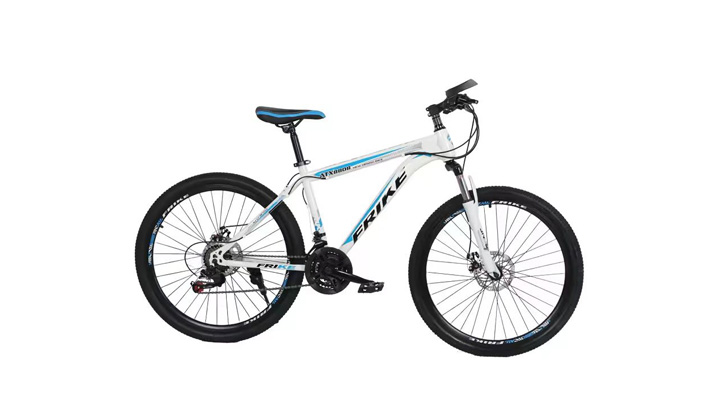
- Mountain Bike Geometry: In contrast, mountain bikes have a more relaxed frame geometry. The handlebars are positioned higher, and the frame is designed to keep you in a more upright riding position for better control and comfort when navigating rough terrain. Mountain bike frames are typically made of tougher materials, such as aluminum, steel, or carbon fiber, but they are built to withstand impact and rough conditions, which means they may weigh slightly more than road bikes. The geometry is designed to handle sharp turns, jumps, and steep descents.The frame geometry of a road bike is ideal for riders who prioritize speed and efficiency, while the geometry of a mountain bike is better for those who need control and stability on uneven ground.
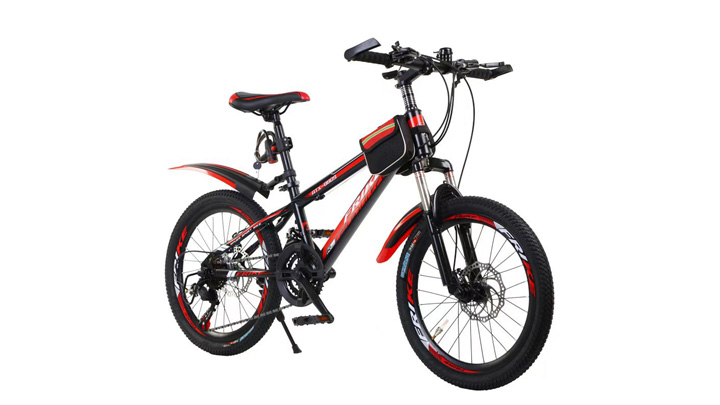
3. Suspension: Handling Impact and ComfortOne of the most significant differences between road bikes and mountain bikes is the suspension system. This plays a key role in the overall comfort and performance, especially when riding on rough surfaces.- Road Bike Suspension: Most road bikes do not have a suspension system, relying on the rigidity of the frame and the wheels to provide a smooth ride. The focus is on speed, so road bikes are built to be as lightweight and responsive as possible. However, some road bikes, especially those designed for endurance or gravel riding, may feature a small amount of shock absorption in the frame or fork to reduce vibrations and improve comfort over longer distances.- Mountain Bike Suspension: Mountain bikes, however, come equipped with a suspension system designed to absorb shocks and bumps from rough trails. There are two main types of suspension systems: front suspension (also called a hardtail) and full suspension (also called a dualsuspension). - Front Suspension (Hardtail): This is the most common suspension type on mountain bikes. It features a shock-absorbing fork at the front to handle bumps and impacts while maintaining a lighter weight and more efficient pedaling on less technical trails. - Full Suspension: These bikes have both front and rear shock absorbers, which provide superior comfort and control on the roughest terrains. Full suspension bikes are ideal for technical mountain biking, where rough descents and obstacles are common.A road bike will provide a faster, more efficient ride on smooth surfaces, but for trail riding and off-roading, the suspension of a mountain bike will ensure a more comfortable and controlled experience.4. Wheels and Tyres: Speed vs. DurabilityThe wheels and tyres on a bike have a significant impact on its performance, particularly when it comes to handling various types of terrain.- Road Bike Wheels and Tyres: Road bikes typically have narrow, high-pressure tyres (23-28mm wide) that are designed for minimal rolling resistance. These tyres are smooth, providing excellent grip on paved roads, and are designed to be fast and efficient. The wheels are usually lighter to help with speed and acceleration, and they are optimized for straight-line riding on smooth surfaces.- Mountain Bike Wheels and Tyres: Mountain bike tyres are much wider and have a knobby tread pattern to provide traction on rough and loose surfaces like dirt, gravel, and rocks. They are designed to absorb shock and maintain control on uneven terrain. Mountain bike wheels are typically stronger and more durable to withstand the stresses of off-road riding, but they are also heavier than road bike wheels.If you plan on riding mostly on paved roads, road bike wheels and tyres will provide the speed and efficiency you need. However, if your rides take you off-road, mountain bike wheels and tyres will provide better traction and durability for varied terrains.
Advantages and disadvantages of mountain bikes
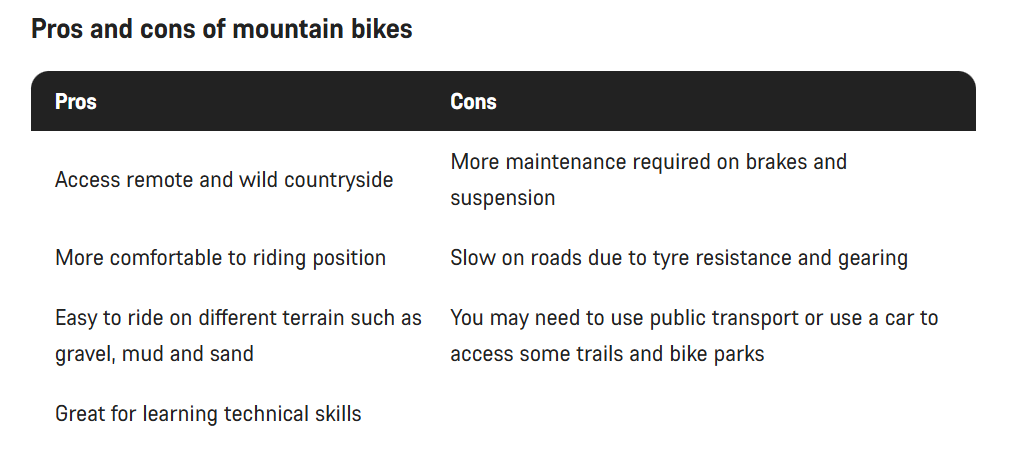 Advantages and disadvantages of road bikes
Advantages and disadvantages of road bikes
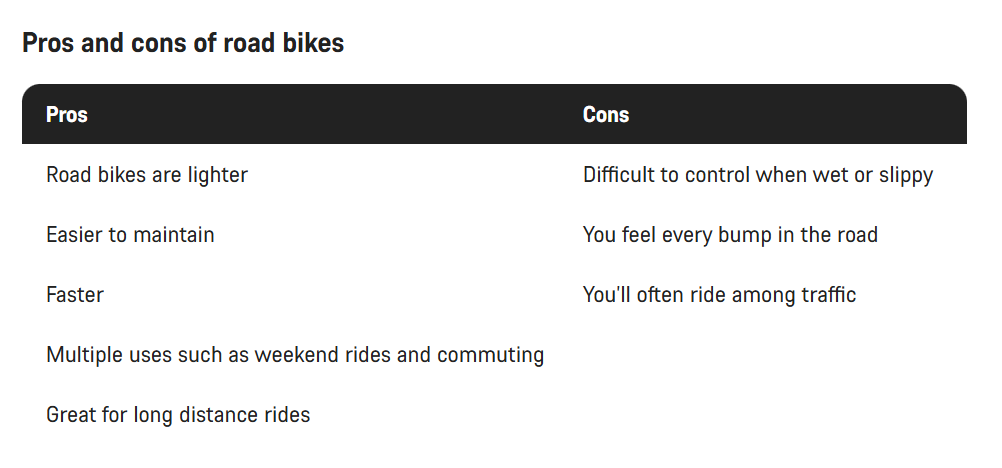 Conclusion: Road Bike vs Mountain Bike – Which Is Right for You?When choosing between a road bike and a mountain bike, it's essential to consider the type of terrain you'll be riding on most often, as well as the specific features that matter most to you in terms of comfort, speed, and durability. If you're mostly riding on smooth roads and want speed and efficiency, a road bike is your best option. On the other hand, if you're seeking adventure on rough trails and need a bike that can handle rocky terrain, a mountain bike is the better choice.Ultimately, your decision should reflect your riding goals, local terrain, and personal preferences. Either way, both types of bikes offer a fantastic cycling experience, so choose the one that will allow you to ride comfortably and confidently in the environments you love.
Conclusion: Road Bike vs Mountain Bike – Which Is Right for You?When choosing between a road bike and a mountain bike, it's essential to consider the type of terrain you'll be riding on most often, as well as the specific features that matter most to you in terms of comfort, speed, and durability. If you're mostly riding on smooth roads and want speed and efficiency, a road bike is your best option. On the other hand, if you're seeking adventure on rough trails and need a bike that can handle rocky terrain, a mountain bike is the better choice.Ultimately, your decision should reflect your riding goals, local terrain, and personal preferences. Either way, both types of bikes offer a fantastic cycling experience, so choose the one that will allow you to ride comfortably and confidently in the environments you love.


